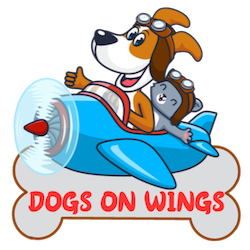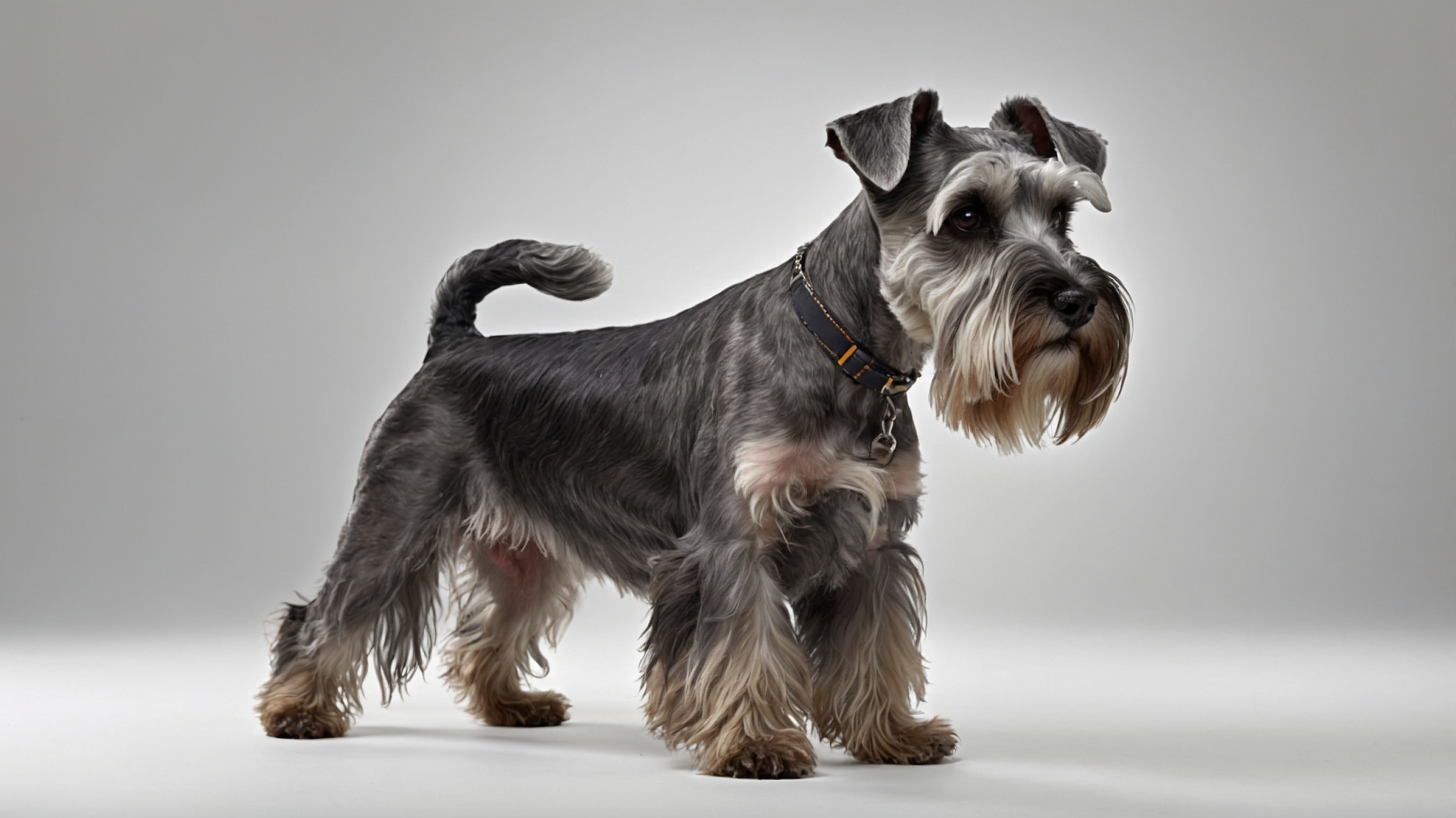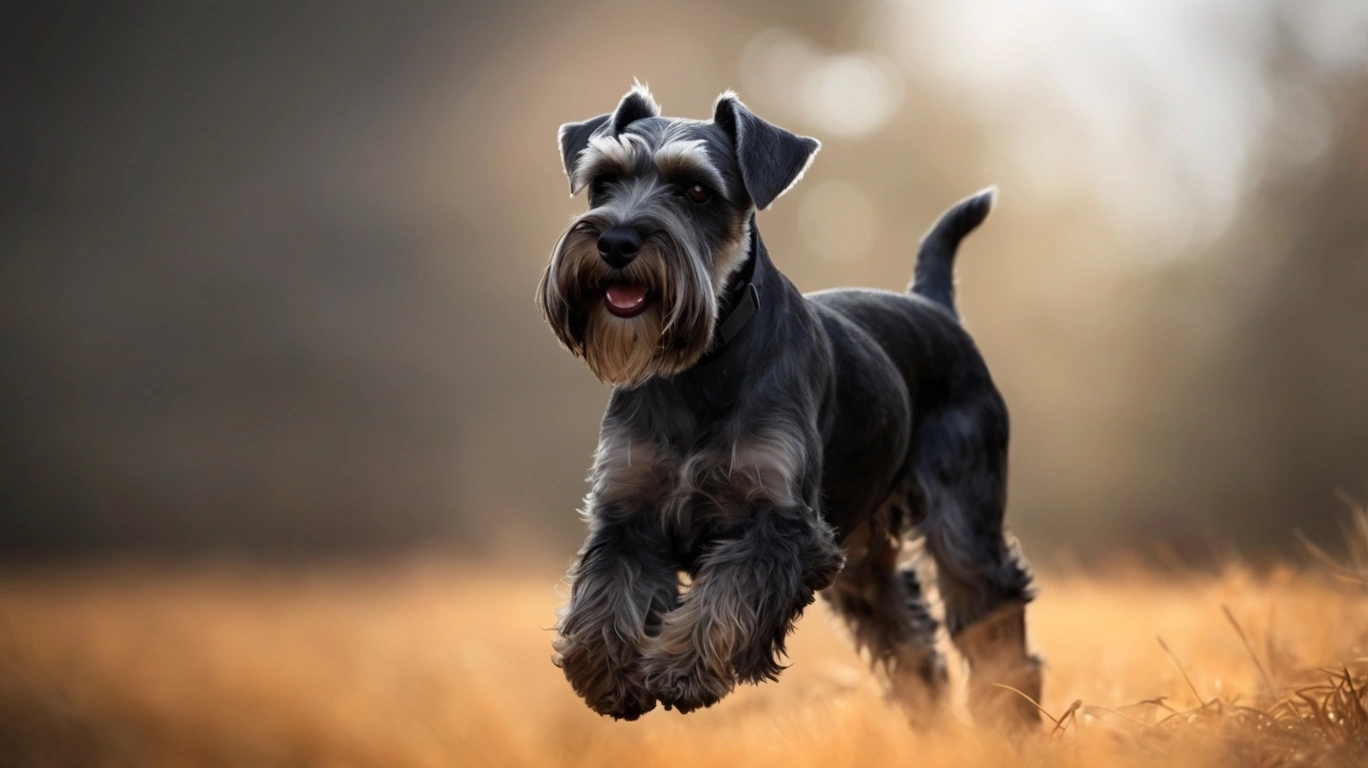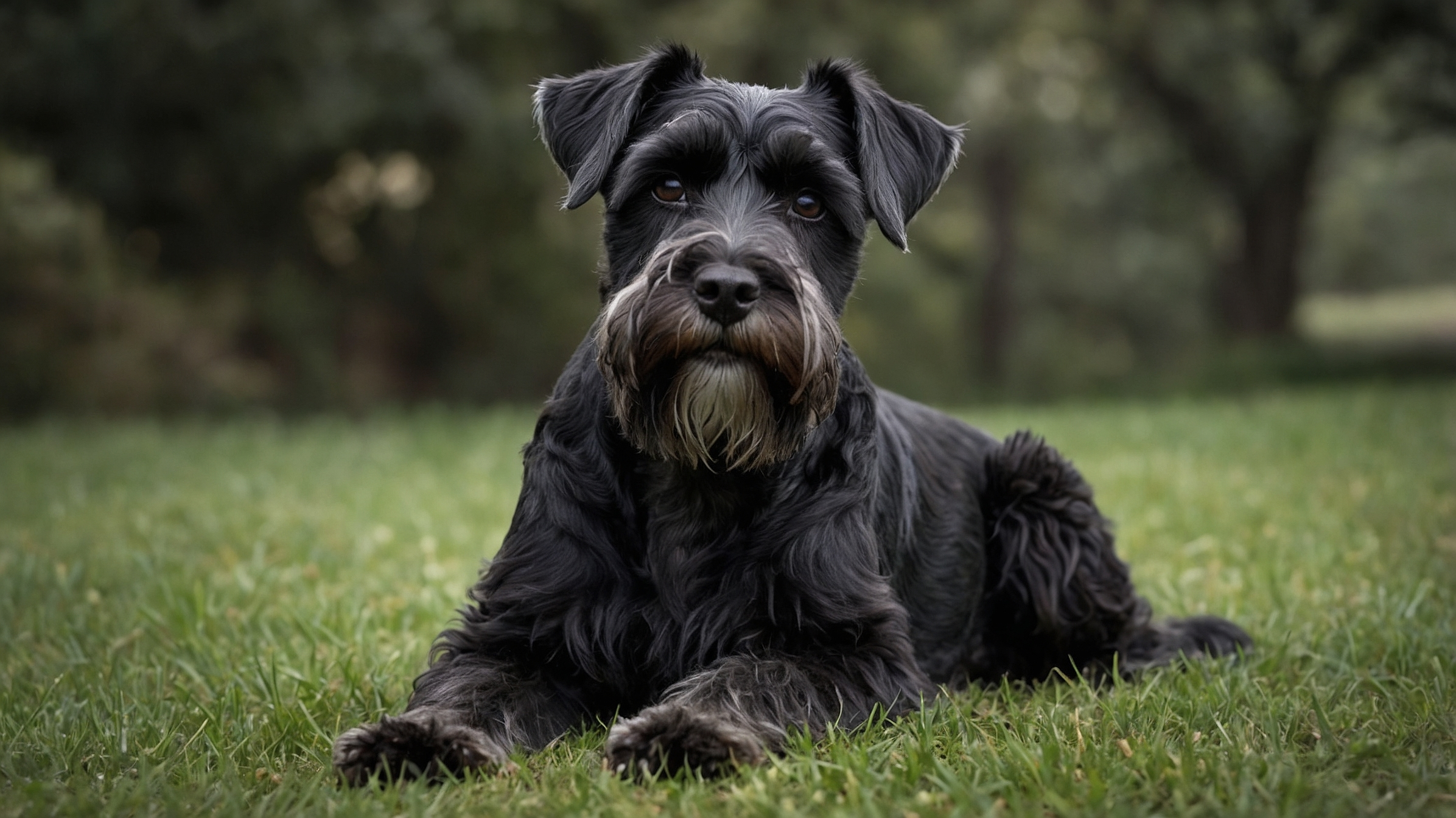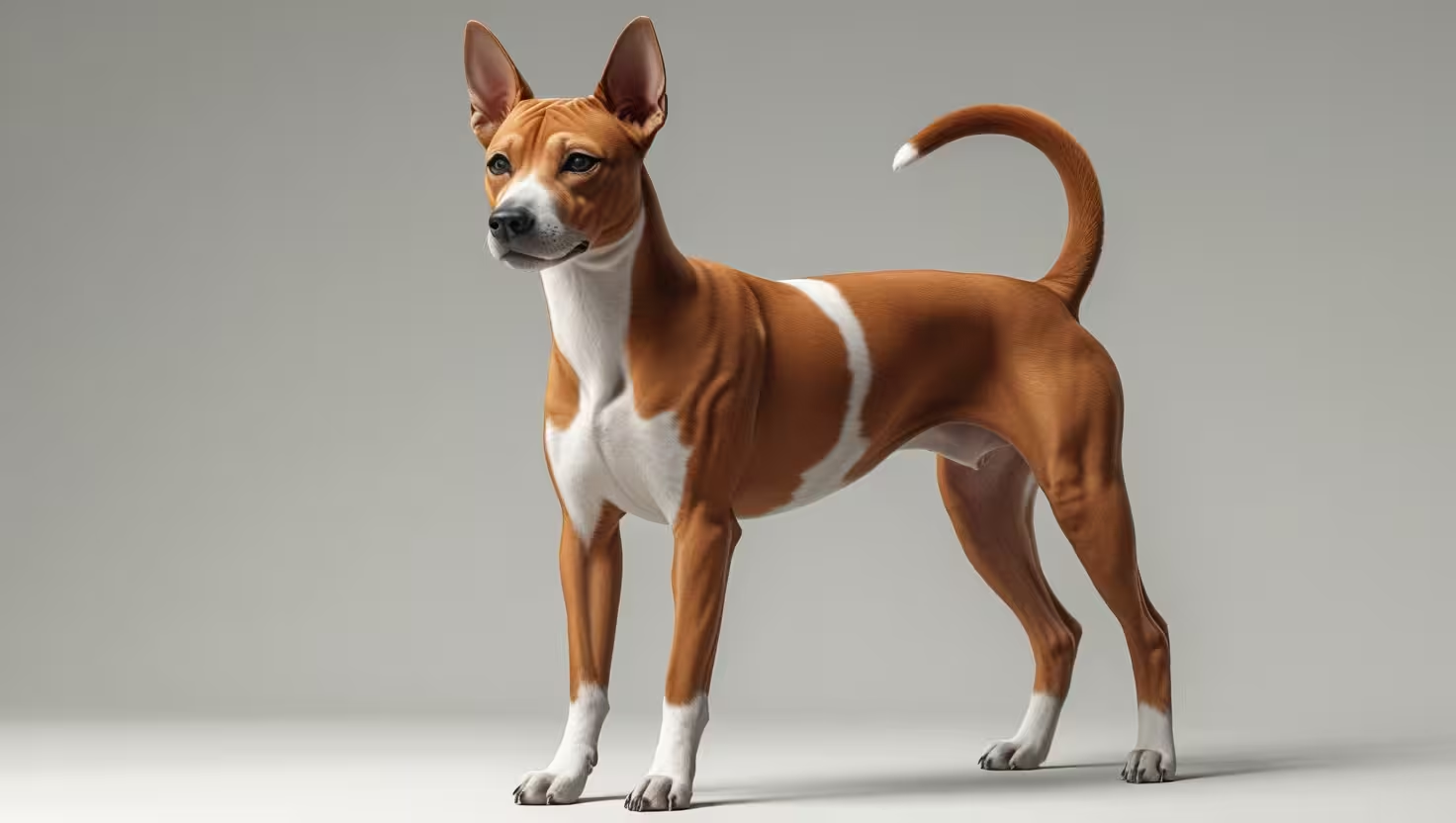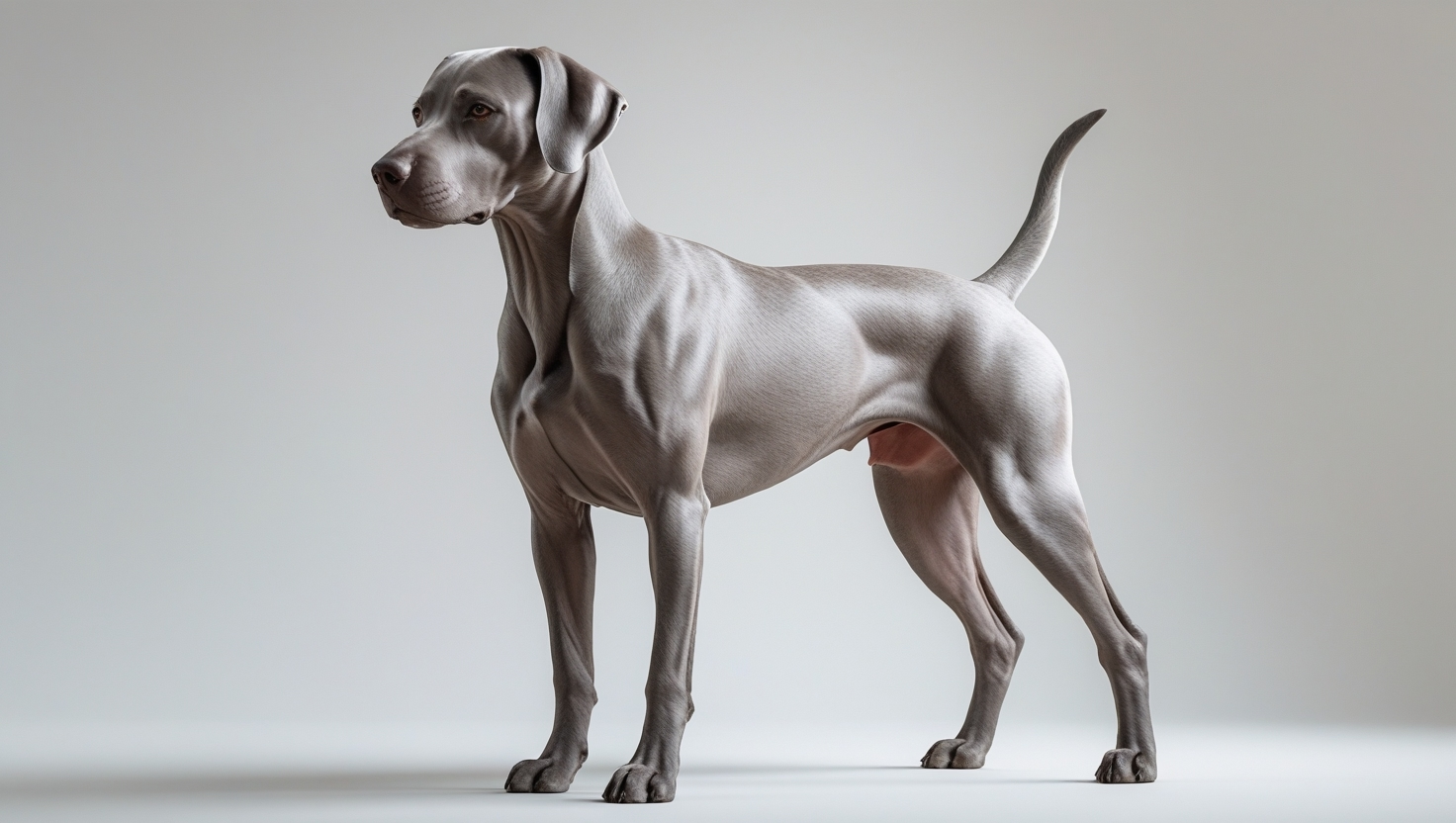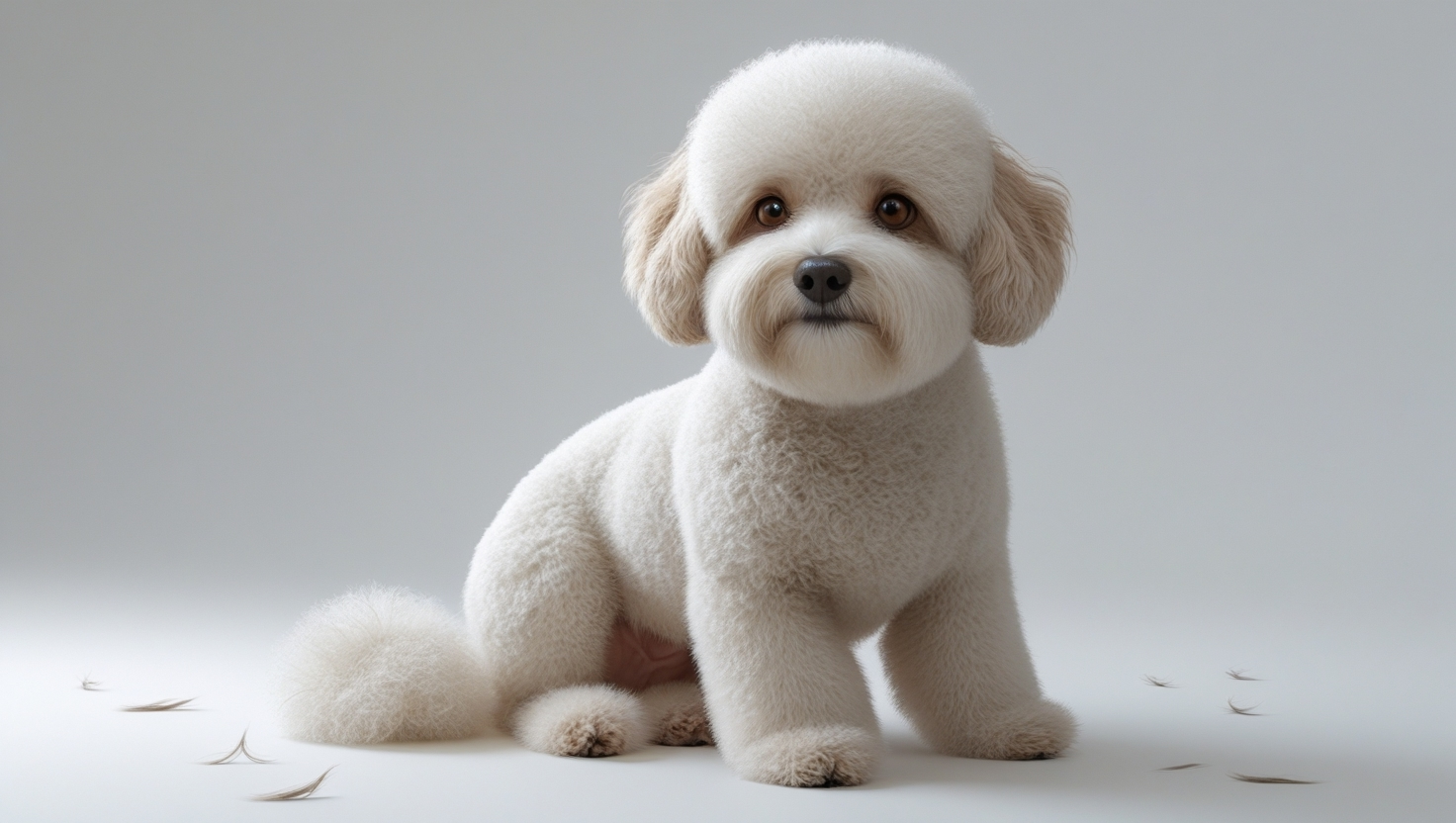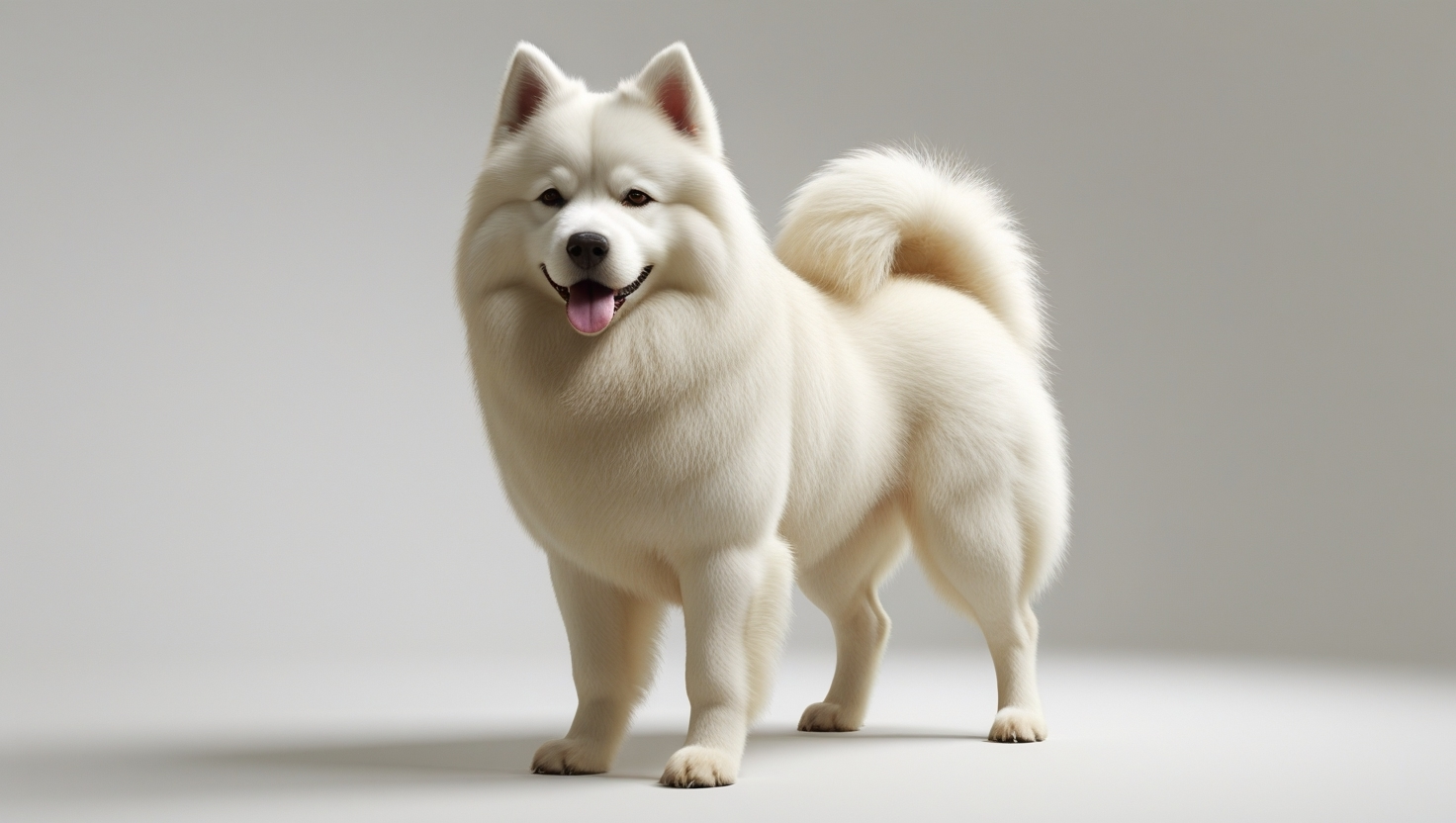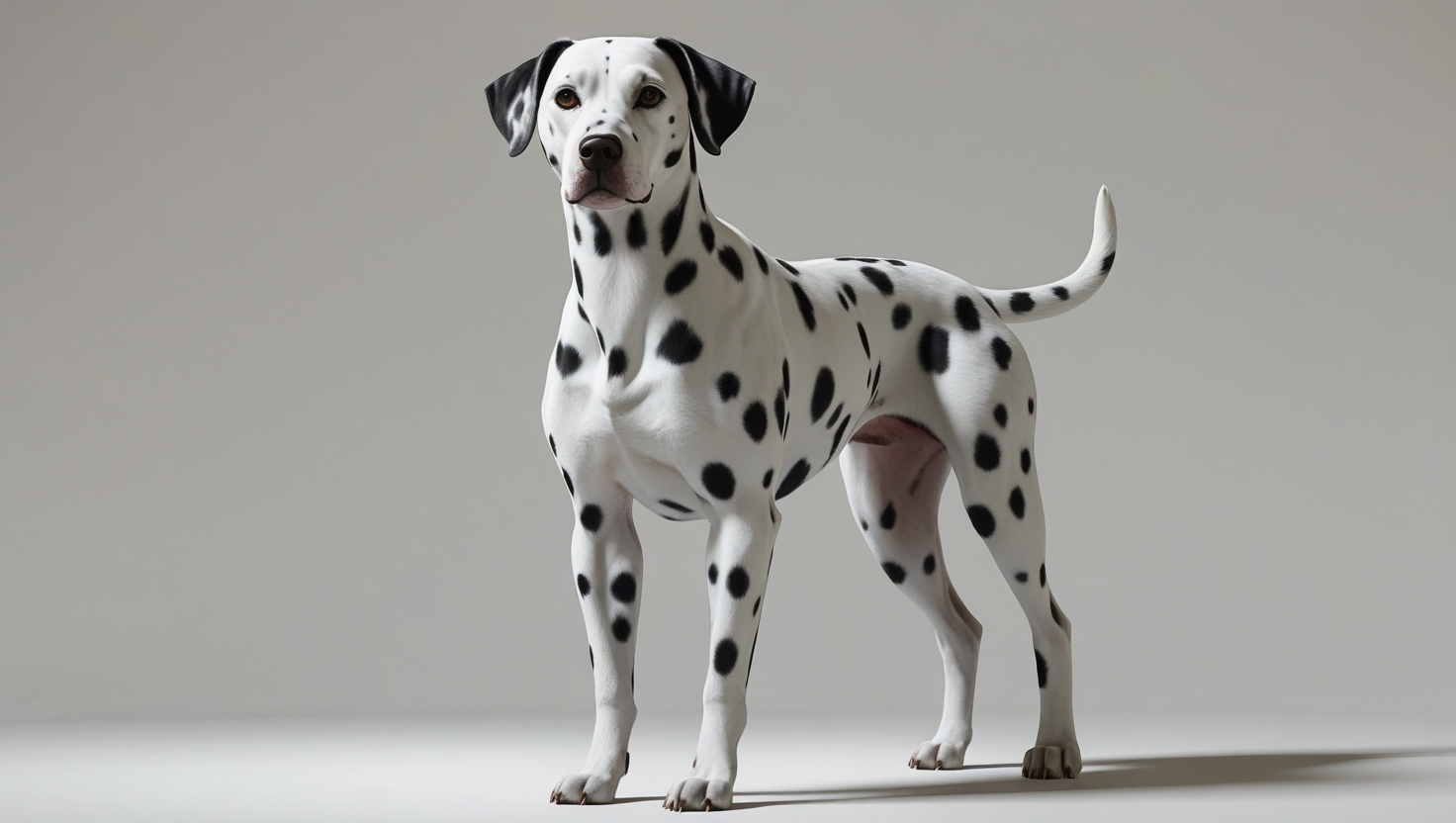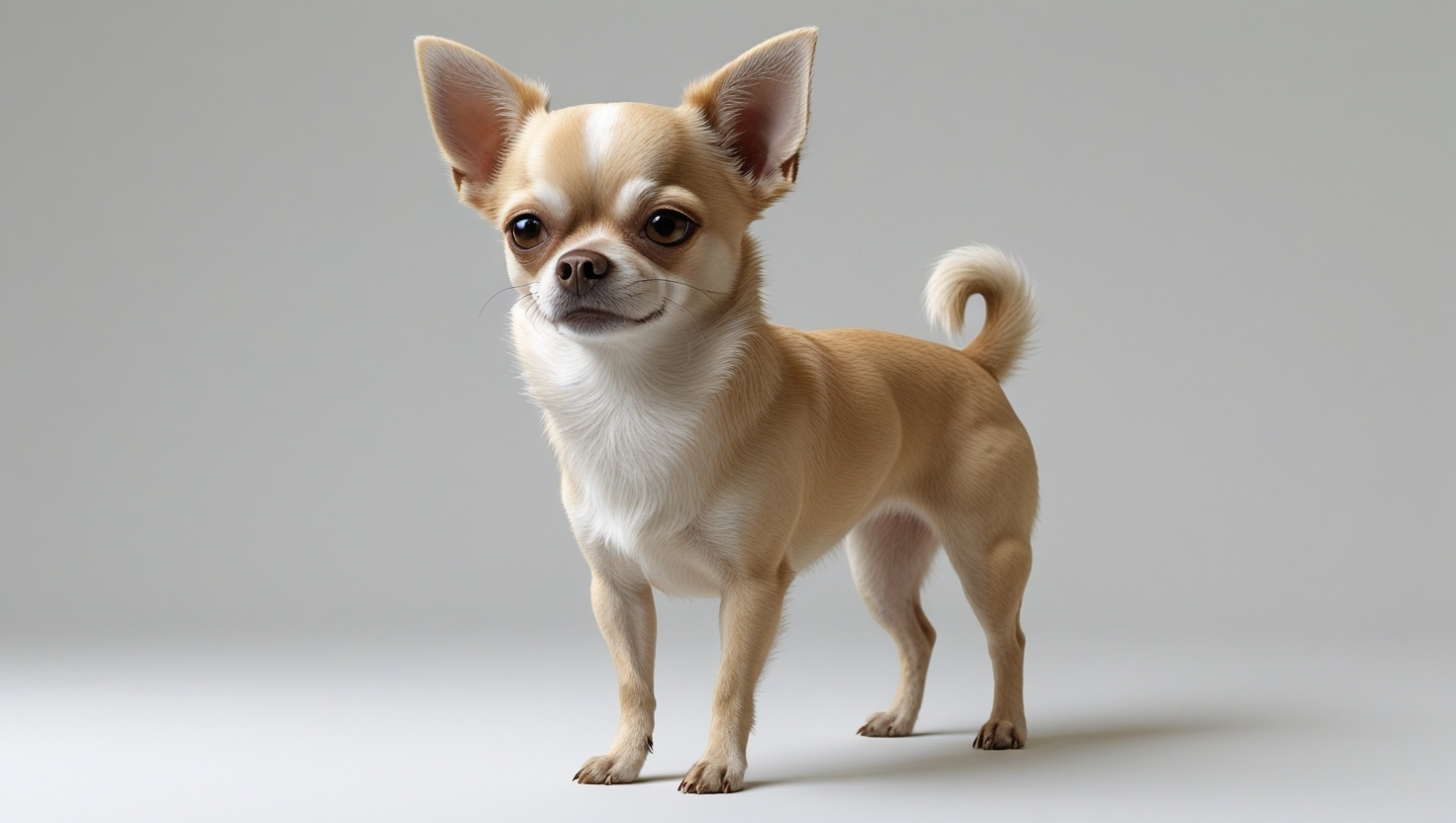The Schnauzer is a captivating breed, famous for its characteristic beard and expressive eyebrows. Full of energy and intelligence, it is the perfect companion for those seeking an active and loyal dog. With three sizes available, it adapts well to different lifestyles.
Its dense and striking coat requires regular brushing and proper care. Additionally, the Schnauzer is known for its eagerness to learn, making it highly trainable. It excels in activities that challenge both its body and mind.
Want to learn more about caring for and living with a Schnauzer? Keep reading to discover why this breed is a favorite for those looking for a dog full of personality!
